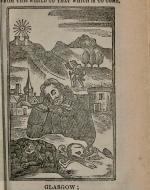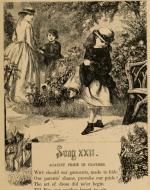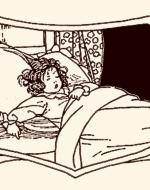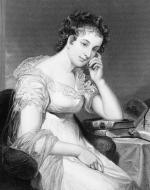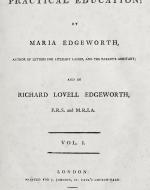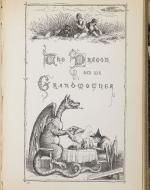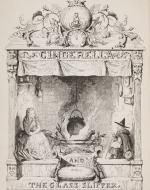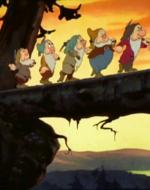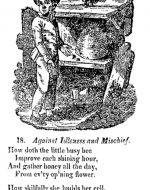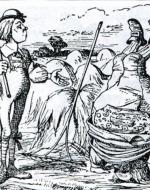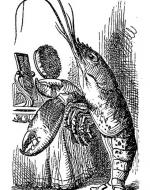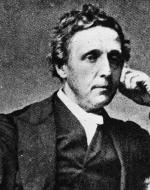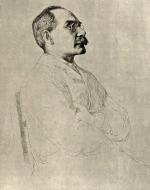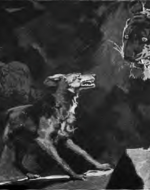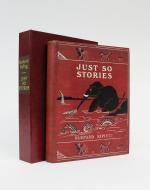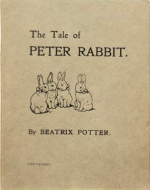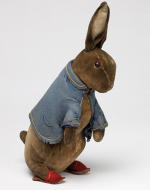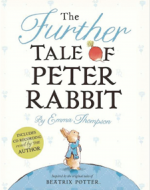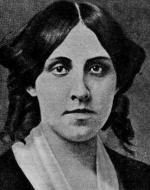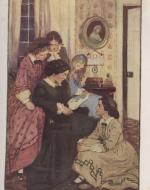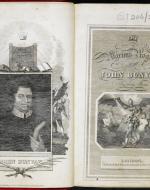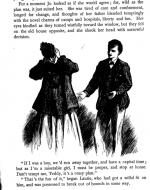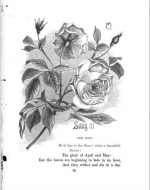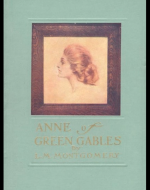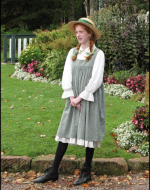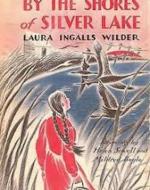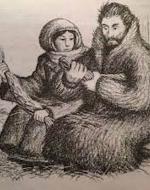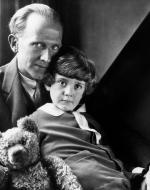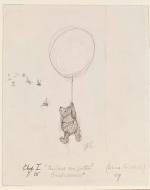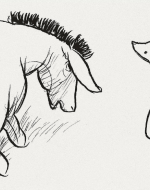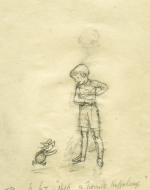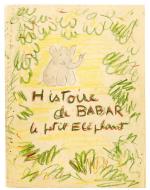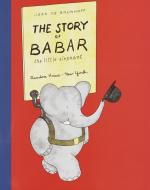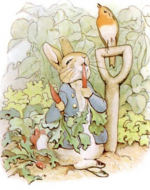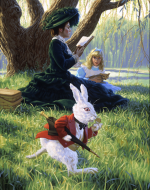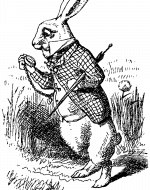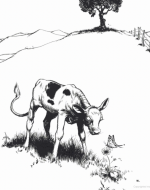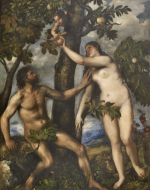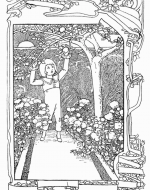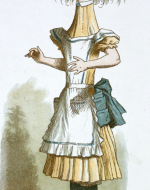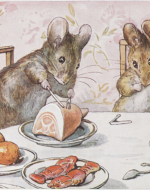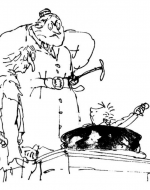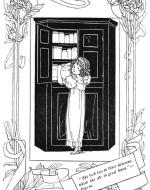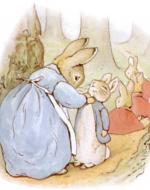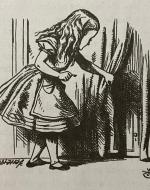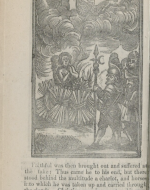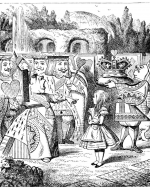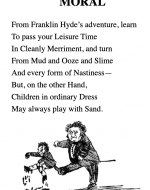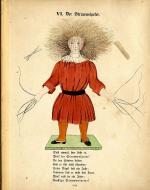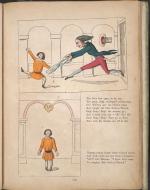Exhibit:
Preview of images
 "Drink Me," by John Tenniel for Lewis Carroll's Alice (1865), colorized for The Nursery Alice (1890)
"Drink Me," by John Tenniel for Lewis Carroll's Alice (1865), colorized for The Nursery Alice (1890)
The nineteenth century witnessed a gradual shift in ideologies of childhood--from sin to innocence. The doctrine of sin dates to Eve’s eating of the forbidden fruit in the Garden of Eden in Genesis. This view--dominant in the literature given to children in the seventeenth, eighteenth, and nineteenth centuries--aims to cleanse sinners of innate wickedness. Didactic texts, often called “awful example” stories, teach Christian virtues and contain tales of children making mistakes and facing consequences, often deadly ones. The doctrine of innocence, associated with Enlightenment thinkers including Jean Jacques Rousseau and Romantics like William Wordsworth, challenged the ideology of sin to advance that we are born pure with innate goodness. A landmark text, Lewis Carroll’s Alice’s Adventures in Wonderland (1865) entertains the innocent child and turns didacticism on its head in mocking pious poems by Robert Southey and Isaac Watts among others. Curious, idle Alice tumbles down a rabbit hole into a topsy turvy Wonderland world but faces no punishment. The doctrine of childhood innocence did not simply replace the doctrine of childhood sin, however. This exhibition of British, European, American, and Canadian children’s texts and illustrations is chronologically arranged to show how, as the nineteenth and twentieth centuries progressed, literature for children evolved. Ideologies of childhood shifted from an emphasis on sin to innocence, and children's literature, in turn, moved away from instruction to entertainment. This exhibit is dedicated to our late classmate, Sam Sasenarine '21, who loved learning about the Victorian period and working on COVE.


